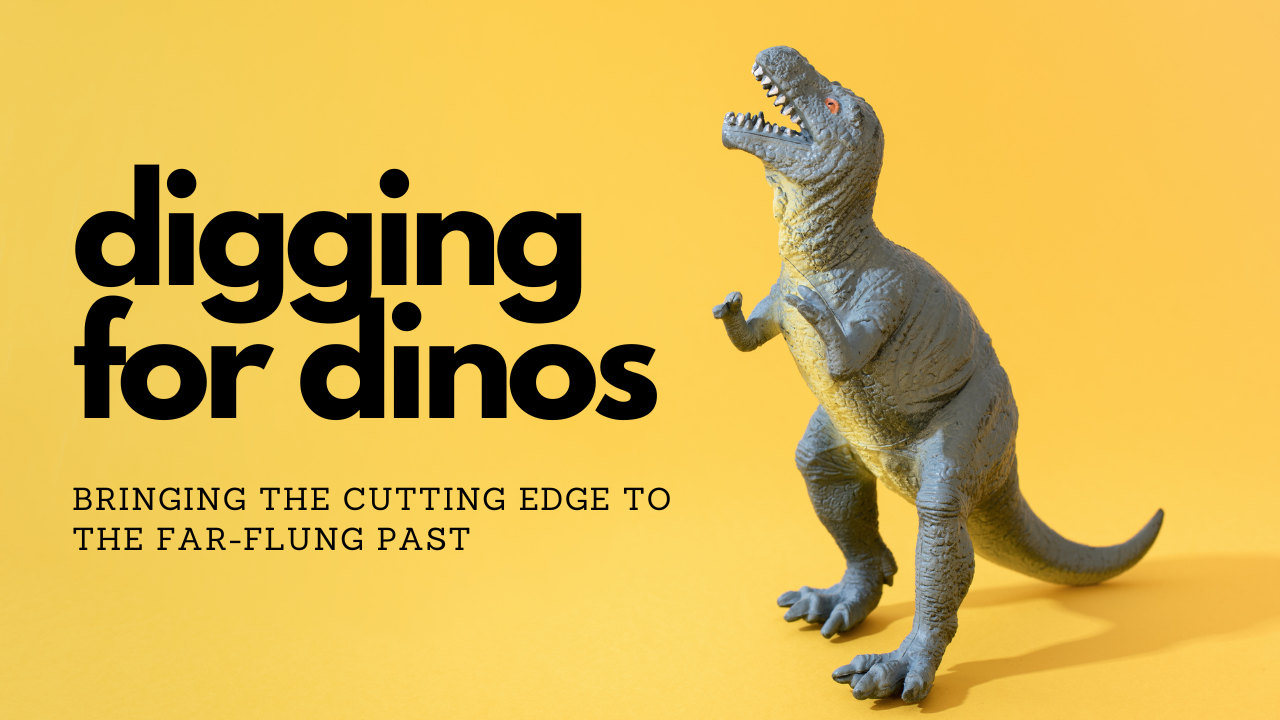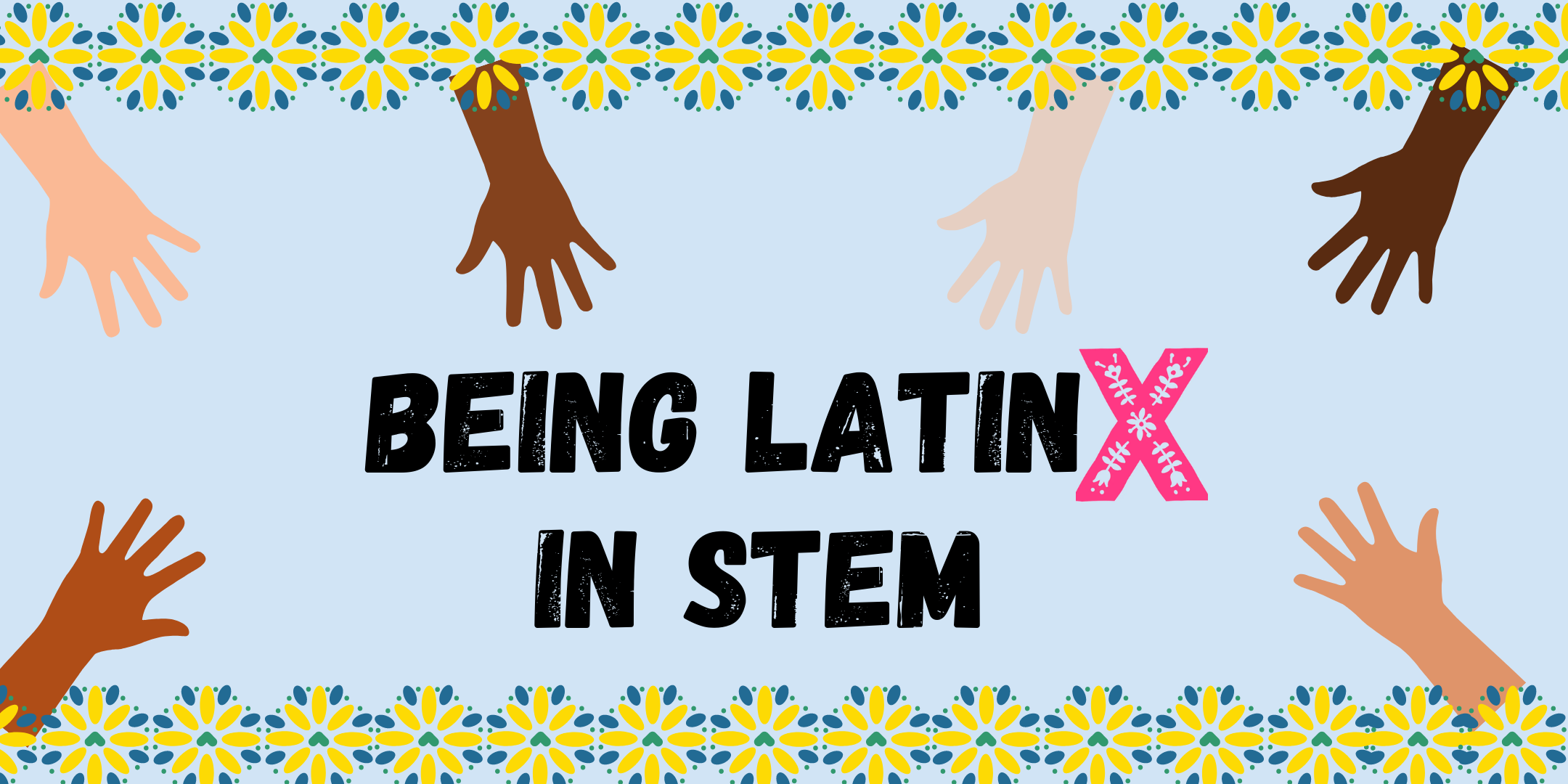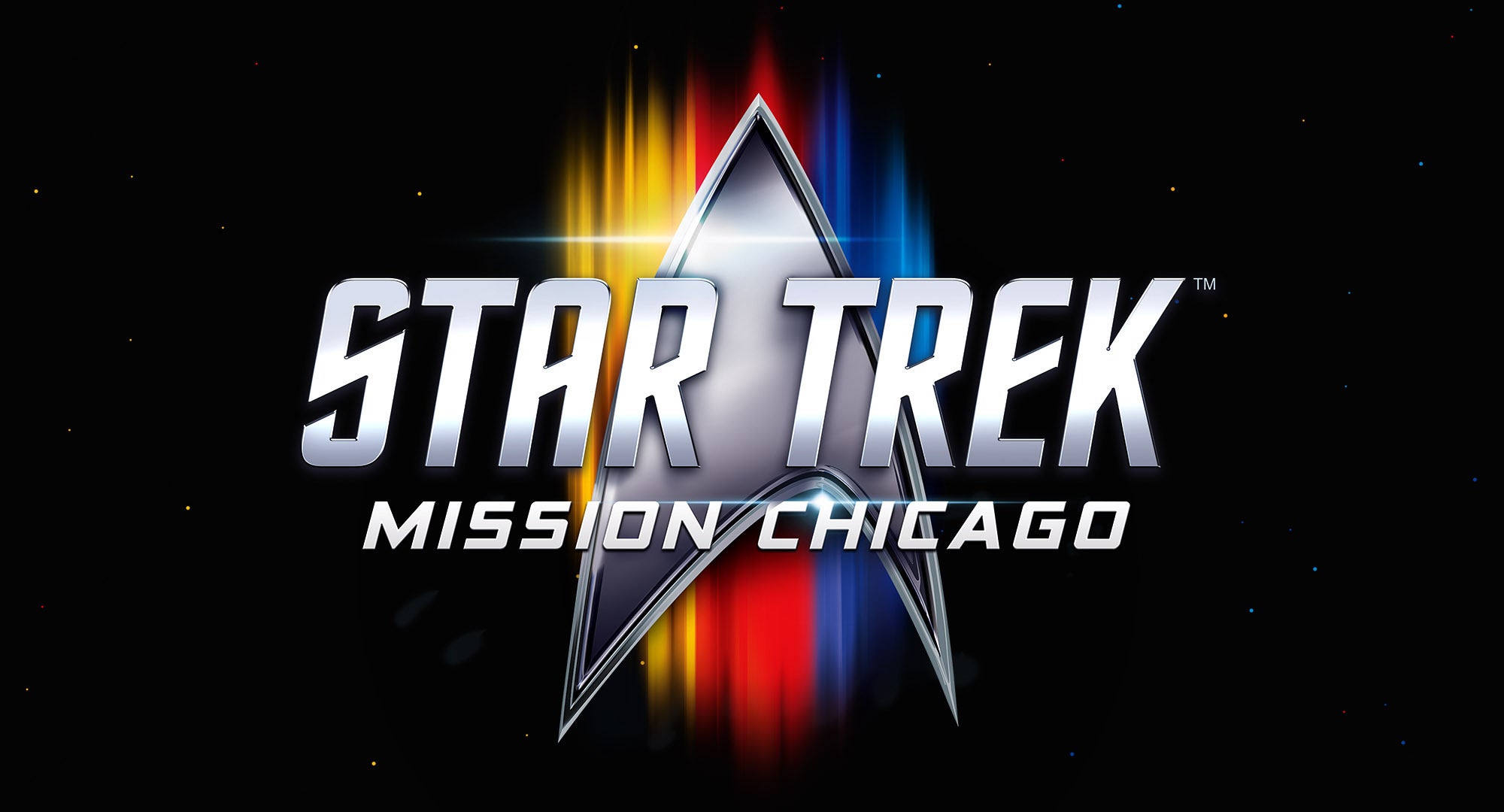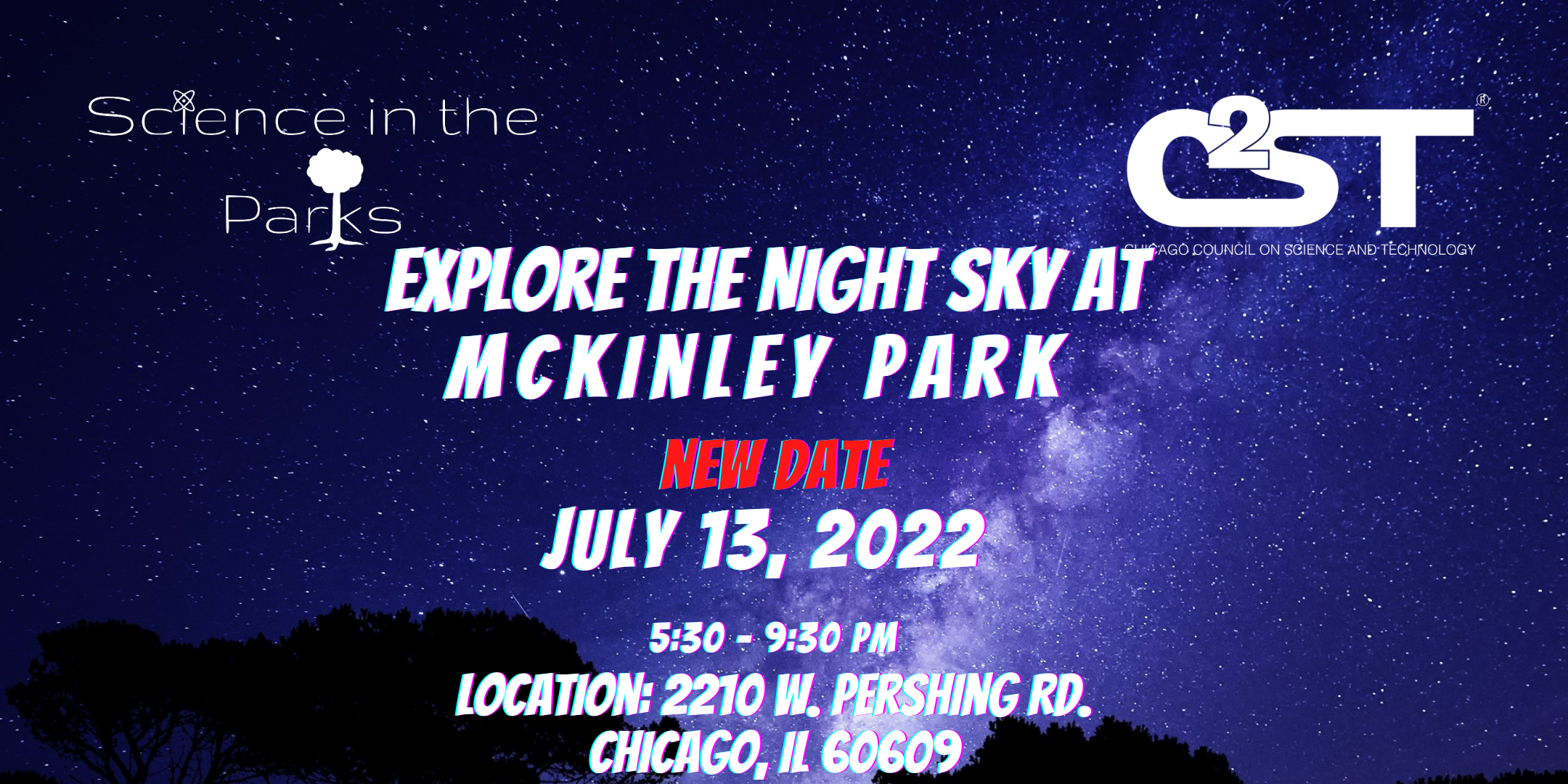
Dinosaurs have captured the imaginations of children and adults for generations. In 1993, dino-fever soared to new heights with the release of Steven Spielberg’s classic science fiction film Jurassic Park (based on Michael Chrichton’s novel of the same name). Since then, there have been five more Jurassic Park films and a slew of comic books, video games, and toys. Dinosaurs show no signs of stopping as they stampede through our collective imagination. Continue reading “Digging for Dinos: Bringing The Cutting Edge To The Far Flung Past”

We live in a complex world, where science and technology do not exist and can not be taught in a vacuum. Traditionally, the movers and shakers in the myriad STEM fields have been straight, white, and masculine. With this in mind, and with an eye towards the future, how can non-white students and young scientists navigate STEM spaces that were not built with them in mind?
Continue reading “Being Latinx in STEM”

Networking and refreshments in person only from 4 – 5 pm. The live-stream portion of the program will run from 5 – 6 pm.
What is the difference between chronological age and biological age? How is biological age measured? Humans have accepted cognitive decline, heart disease, and some cancers as a necessary part of the aging process for generations, but is this really the case?
Continue reading “Is Age More Than Just a Number?”

Star Trek is a story of exploration that has fascinated us for more than 50 years.
The myriad writers, directors, artists, and technicians responsible for pop culture mega franchises like Star Trek, Star Wars, and the Marvel Universe are arguably some of the most creative of our time. But how do these imagined tech advances and innovations hold up IRL and the ever-ready-to-pick-it-apart nerd community? And can physics and science (as we currently understand them) explain the phenomena seen in the franchise? This is where the scientists come in!
The Chicago Council on Science and Technology (C2ST) will discuss the theme of human exploration and show that, although we cannot change the laws of physics, we have come a long way in understanding them and, perhaps, to applying our knowledge to changing the present and future! C2ST is joined by Trek enthusiasts Dr. Voula Saridakis of the Museum of Science and Industry and Dr. Dirk Morr of the University of Illinois at Chicago. They’ll go over just how much science there is in the science fiction of Star Trek and give us a look at some real scientific discoveries inspired by Star Trek!





